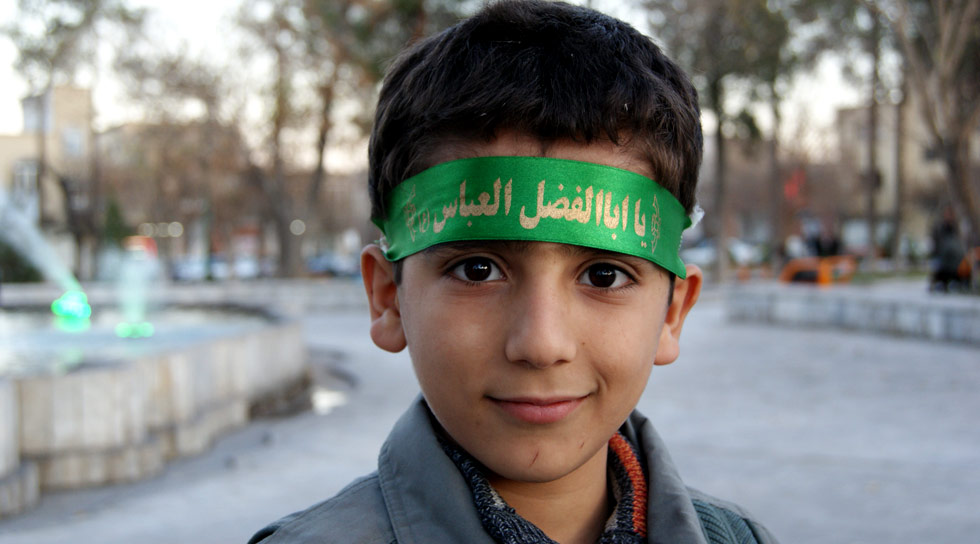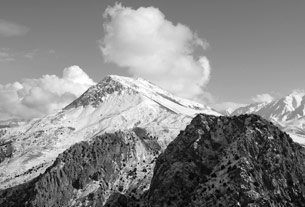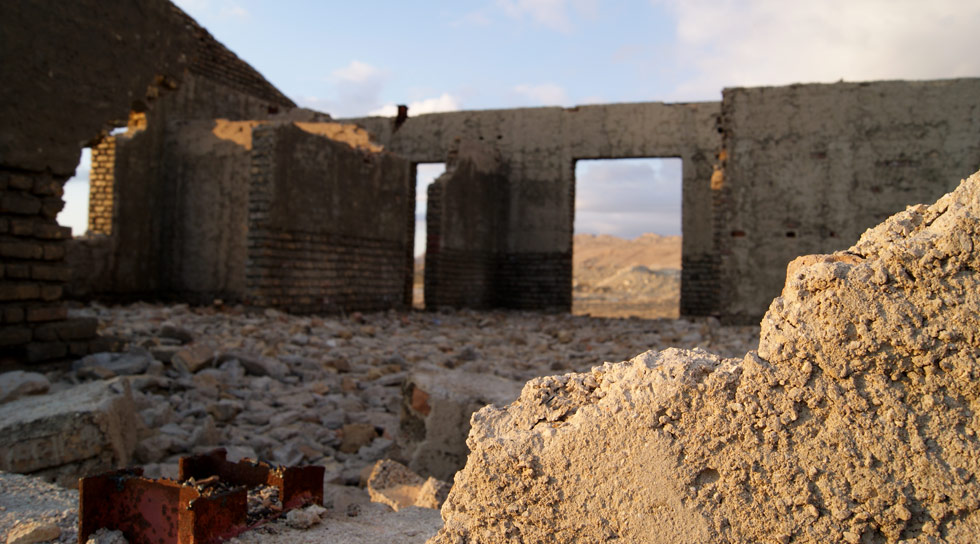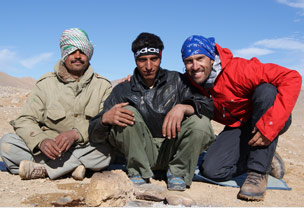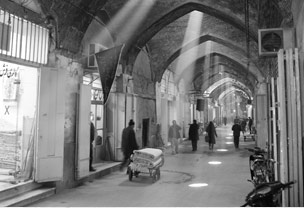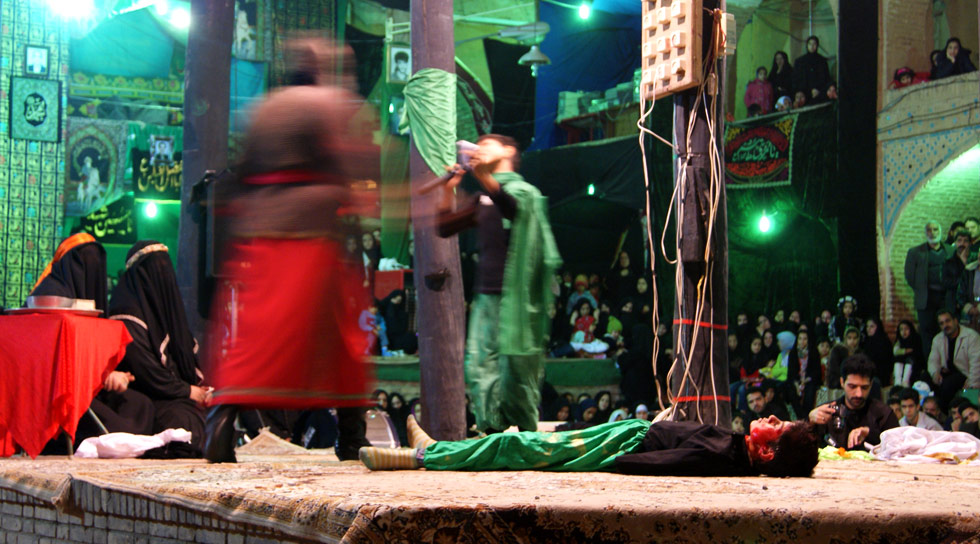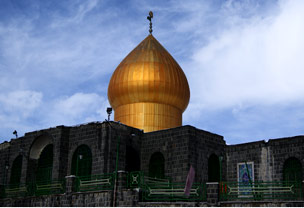I left the holy city of Qom with its dozens of mosques and religious schools, in the early morning. Drizzling rain and an eerie mist obscured my visibility across the open plain. I was now well into my solo, on foot crossing of the Islamic Republic of Iran, from the Caspian Sea to the Persian Gulf. Just weeks previous to entering the country it had been revealed that the Iranian government had been keeping under wraps a nuclear facility outside the city I had just left. Sensitive military sites, let alone those of the nuclear persuasion and wandering foreigners do not a good match make.
By day, I often came within a few hundred metres of artillery emplacements. Young soldiers sat or leaned upon the huge cannons talking, smoking and gesturing animatedly. Wherever I found myself at dusk, I was overlooked by military installations, all strategically placed, every one had a fine view over the rolling hills and small valleys within which I needed to pitch my tent. Stumbling on and on through a seeming ocean of brown, tussock strewn mounds, as the dark of night set in, I would quickly erect my tent and eat my meagre bread and cheese dinner, as the generators powering the lights of the bases, dulled under camouflage netting, hummed endlessly away. Occasionally, laughter or the crashing of metal drifted down through the small valleys to where I lay.
As I slept my mind drew vivid images of an elite group of Revolutionary Guards on patrol, coming across my camp and hauling me off for some serious questioning. My fantasies never eventuated. It would seem that the elite of Iran’s military were no match for me in my glow in the dark, fluorescent safety-coloured kit. I remained invisible as I headed south across the plain.






